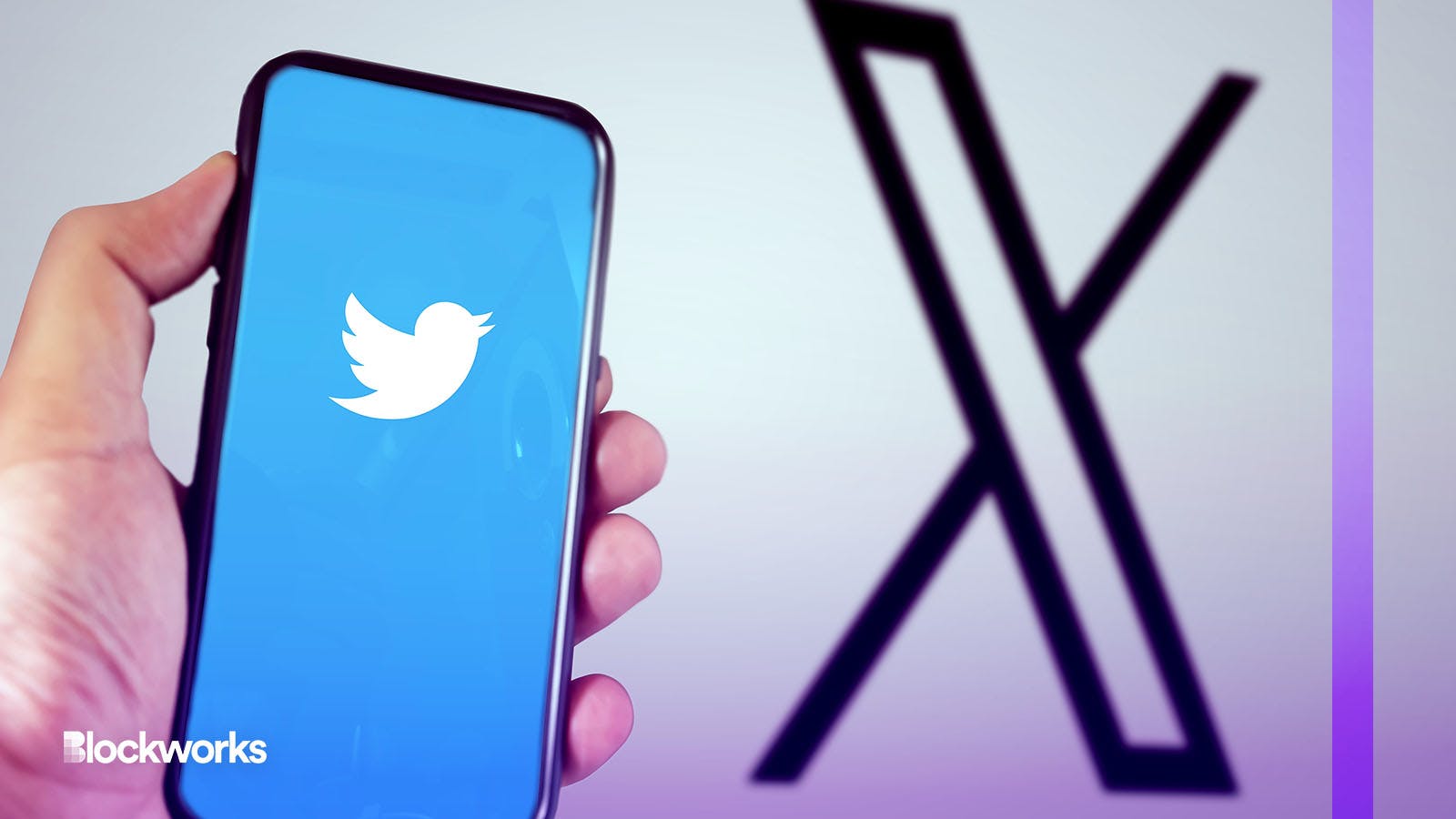Friend.tech momentum stalls
A drop in activity calls into question the longevity of the platform and its ability to generate revenue

rarrarorro/Shutterstock, modified by Blockworks
Less than a month after its launch, Web3 social app Friend.tech has stumbled.
Activity on the network, whose dapp allows users to speculate on and gain access to individuals and their personal brands, topped out at around 38,000 transactions last week.
That figure has since fallen 96% to just 1,663 as of 5:00 am ET, according to a Dune Analytics dashboard. At the same time, protocol inflow to the app has also dropped more than 90%, from $1.9 million witnessed on August 20 to $89,000.
Built on Coinbase incubated optimistic rollup, Base, Friend.tech tokenizes users’ social profiles, creating a gated chat room accessible through “keys” (initially known as “shares”) and allowing holders to engage with influencers and creators.
After signup each linked X account, formerly Twitter, gets keys purchasable on a bonding curve, so early holders gain entry to a particular chat space cheaply, while subsequent keys are progressively more expensive. Each time a profile’s keys are purchased, that user receives a fee.
The communication flow is asymmetric, meaning users can directly message an influencer, but their responses are broadcast to all keyholders.
The app’s potential over the last three weeks has attracted a range of industry participants, including traders and social media personalities. Some experts said the app could potentially provide a trading edge by gaining knowledge within private chat rooms to accrue alpha, while others have remained skeptical.
Despite initial interest following its launch on Aug. 10, on-chain activity shows almost all traders have sold more shares than they have bought, indicating a preference for liquidating positions, data shows.
The drop in activity calls into question the longevity of the platform and its ability to generate revenue. Friend.tech, which was once pulling in $1.68 million in fees per day, has seen revenue fall to a little over $161,000, on-chain data from DeFi Llama shows.
That decline in fees translates into a roughly 99% hit to daily revenue, from around $840,000 to just over $80,000, data shows.
A peak of active buyers, which topped out at 3,315 compared to 1,423 active sellers, on August 21, has also dropped to just 361 and 262, respectively. USD volume of keys bought, meanwhile, has sunk to $38,000 per day, from an initial peak of $1 million.
Get the news in your inbox. Explore Blockworks newsletters:
- The Breakdown: Decoding crypto and the markets. Daily.
- 0xResearch: Alpha in your inbox. Think like an analyst.






